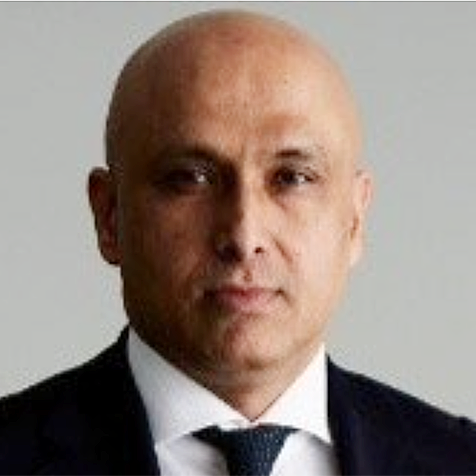Quantifying climate change risks remains a big challenge for Asian insurance companies as they prepare to include such risks in their respective risk and solvency assessment reports.
In a panel discussion at the Asian Financial Forum 2021, the top executives of major insurers operating in Asia outlined the massive challenges facing the industry as it moves to incorporate climate change risks into their business models while at the same time meeting the requirements of consumers and clients. This is the first time that the AFF has had a combined format of in-person and online panel discussions with majority of the delegates attending online from all over the world.
In recent years insurance companies have been facing the dual challenge of addressing escalating climate change risks and shifting industry regulations. The escalating frequency and severity of extreme weather-related events, from wildfires in the United States to record heat waves in Europe, to floods in Japan, have shone a brighter regulatory spotlight on insurance risk and climate change, according to Deloitte.
Perhaps the biggest challenge is how to address the complexities involved in quantifying climate change risk from the liability and asset perspective.
From a liability perspective, the real challenge is the complex interplay of demographics, social changes, urbanization, and other factors that go into determining climate change risk.
“The impact on mortality, morbidity in terms of how it impacts different regions and whether to some extent it can be diversified. From a risk modeling perspective that’s one example from a liability perspective of why we find this challenging,” says James Turner, group chief risk and compliance officer of Prudential Plc.
Big limitations
From an assets perspective, Turner explains that the risk modeling of the climate change risks has big limitations in terms of the impact on insurance companies and the time-frames in which these risks will play out.
“It’s still very difficult to translate a carbon metric into a financial impact. And this is a key required step. It’s something that the industry clearly is working on but it’s still got a lot of work to do. Also, for many companies the time horizons for their business plans are still three to five years. And from an asset perspective, climate risks are going to play out over the full lifetime of our liabilities which typically is more like 30 years. And clearly it’s going to play out immediately but it’s going to play out over that time period. So you’ve got this difference in terms of planning horizons,” Turner says.
Another big challenge is the lack of data and information that will help insurance companies do proper risk assessment and risk modeling as regards the impact of climate change risks on the insurance industry.
Patrick Zhang, chief executive officer for Hong Kong and Greater China of Allianz Global Corporate and Specialty SE, suggests the creation of a central database that can shared by insurance companies for assessment and modeling of climate change risk.
“The insurance companies, between us we can also share information, the government can really take the lead to organize a mechanism to share the data and the modeling outcome among all the insurance companies so that we can do a better job in terms of sharing and assessing the risks,” Zhang says.
Striking a balance
Another challenge in terms of risk assessment from an underwriting perspective is how to strike a balance between insureability and affordability for their clients.
“In the P&C (property and casualty) market, there is no dispute that we have been through a difficult market, the insurance pool is shrinking, and so many P&C companies are losing money. In the past two years we saw a huge surge and pick-up in the pricing but in the meantime there has also been a heavy financial burden on our clients, making it difficult for many of them to afford coverage. Many clients have had to cut their protection or shrink their coverage,” Zhang says.
“I think there needs to be a bridging system between our clients and insurance companies where they can really talk about their risks and to achieve tailor-made and more cost-effective for the insurance solutions,” he adds.
According to Lei Yu, chief executive officer for North Asia of QBE Asia Pacific, another big challenge is quantifying the liability risk for climate change.
“We look at climate change risk from three broad buckets including physical risks, transitional risks, and the liability risks. I think the liability risk part is quite difficult to quantify at this time and we are monitoring it. There are working groups that are working together," Yu says.
"I know at TCFD (Task Force on Climate-related Financial Disclosures) we have a pilot group, and insurance and reinsurance companies are working together to explore the scenario analysis. In Europe we are also part of the CRO (chief risk officers) Forum which is looking for ways and methodologies to find out how to quantify it. I think this is a challenge for us. This also provides opportunities for the industries to collaborate with all the companies together to tackle this problem.”









